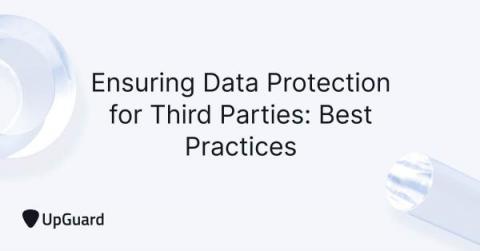How to Respond to Ivanti EPMM/MobileIron Vulnerabilities (CVE-2023-35078)
There are three vulnerabilities impacting Ivanti Endpoint Manager Mobile (EPMM), formerly known as MobileIron Core: CVE-2023-35078 and CVE-2023-35082, which both enable authenticated bypass for unauthorized access; and CVE-2023-35081, which allows directory traversal with privilege escalation and arbitrary file write. These Ivanti EPMM vulnerabilities have been observed in active cyber attacks on systems using the affected versions.











